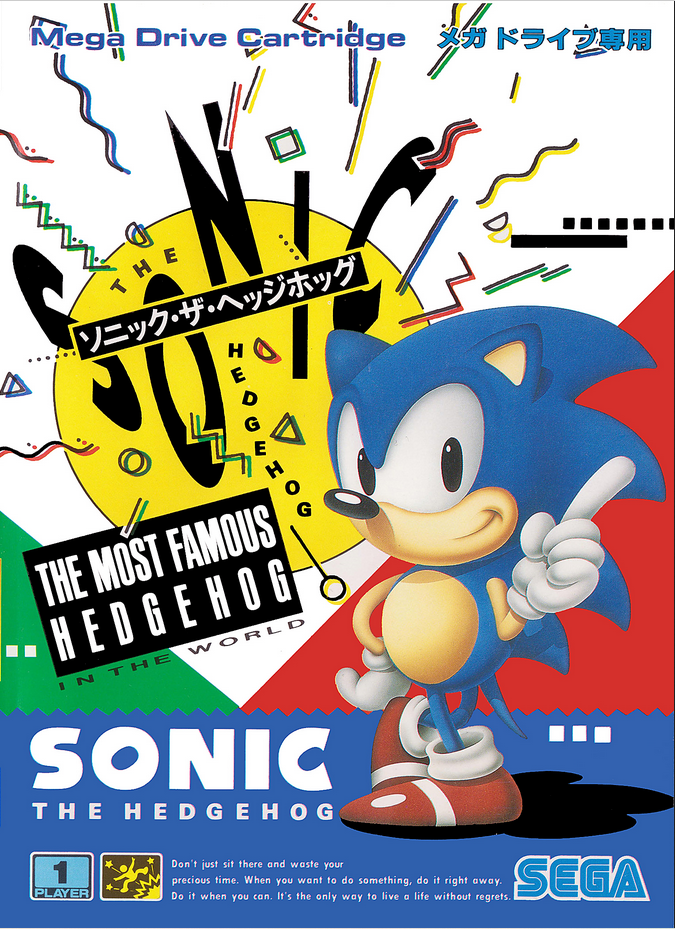
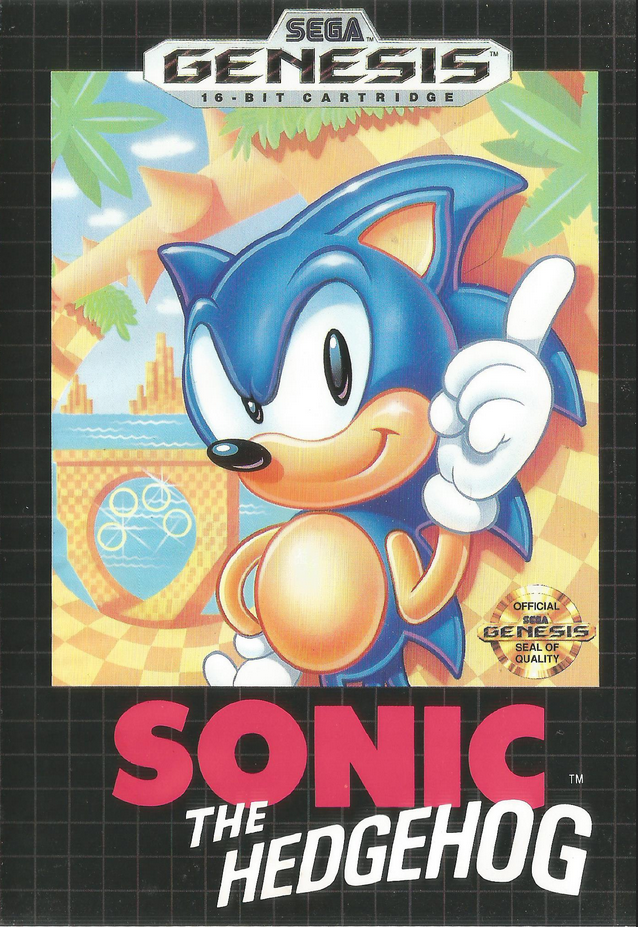
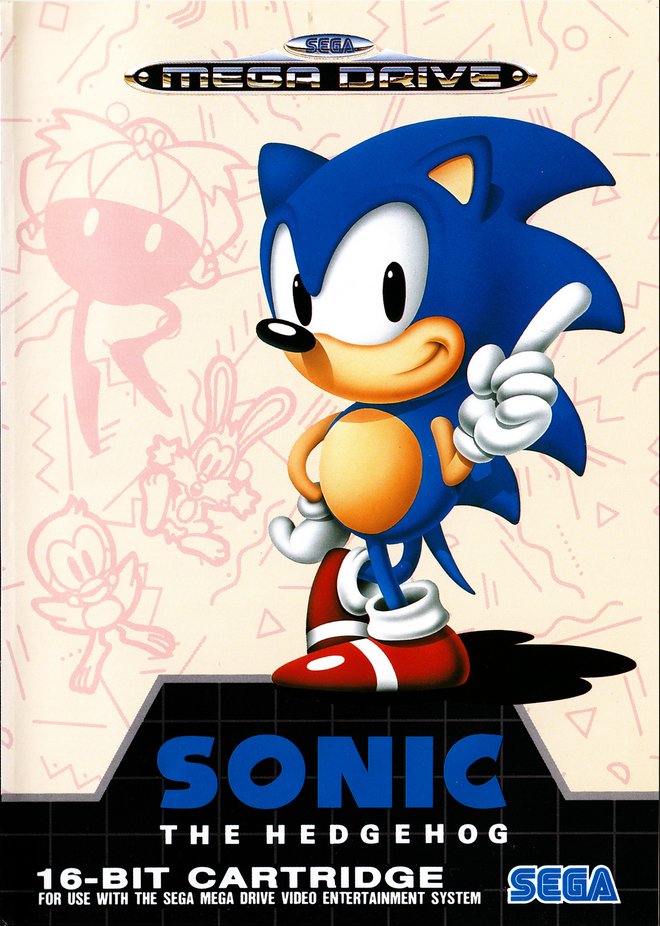
PUBLISHER: Sega
DEVELOPER: Sonic Team
RELEASE DATE: 06/1991 (US, EU), 07/26/91 (JP)
Sonic the Hedgehog is a generational consciousness game changer. Like the original Star Wars or Super Mario Bros., millions of kids (myself included) can point to the original Sonic as the day their world stood still. The blue spiky hedgehog, as delivered to us in 1991, was just too cool, too fast, his world too vibrant and colorful. His game was both the brilliant present and an unprecedented future. Lush hills, ancient ruins, neon cities, and hyper-industrial hellscapes collide with endless swirling fantastical bonus zones, complete with LSD animal imagery. You didn’t just play Sonic. Sonic transported you into its confused, conflicted, and exquisitely realized world.
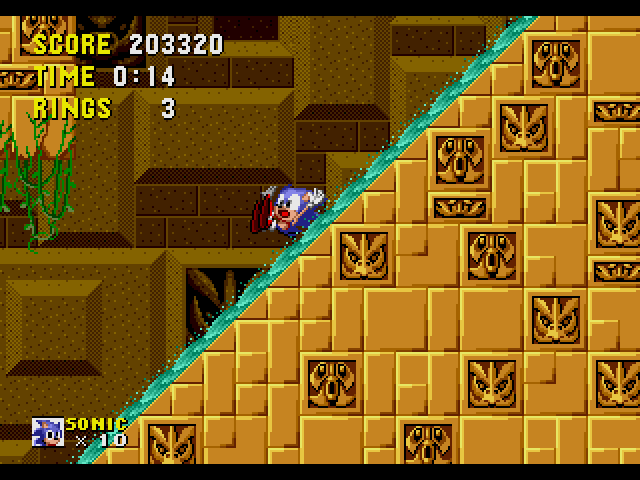
At age six, Sonic the Hedgehog was everything I ever wanted in a video game. Maybe that was the Sega marketing programming my young brain with brilliant blue deception, but I dunno, Sonic delivered for me. I didn’t care that the game was only half devil-may-care speed trickery, half unbelievably careful platforming. I didn’t care that Labyrinth Zone’s underwater slowed the pace to a crawl, or that Scrap Brain Zone doesn’t let you breathe in between bouts of buzzsaws, bombs, and flames. I controlled Sonic, Sonic was amazing, and because he was amazing, he could overcome anything. This is indeed how my young mind thought. Several decades later, I’m in awe of such beautiful, effortless optimism.
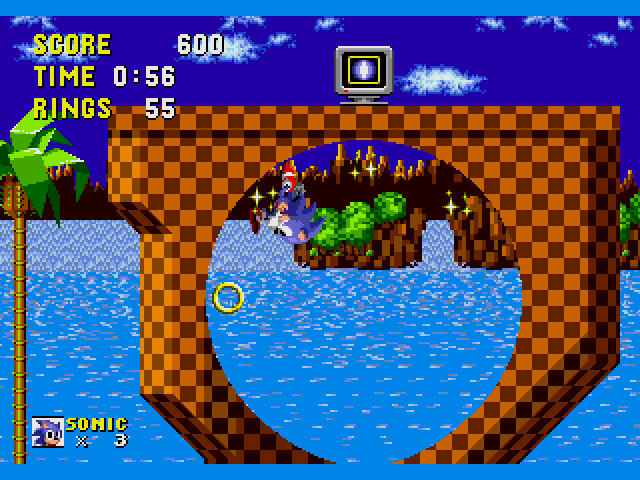
Whether in the games, movies, comics, or numerous television shows, Sonic’s main answers for overcoming obstacles are speed and snark. Sonic the Hedgehog only shows the occasional snark – finger wagging on the title screen, a glare when he’s not moving – but “gotta go fast” is Sonic’s signature from the get go. When he propels forward, speedy shoes power-up engaged, and you feel like you can’t control him anymore – what a rush! It feels like he’s going to blow through the level, off the screen, and into realms of infinity that only he can see… until he inevitably runs into a Crabmeat or a Caterkiller.
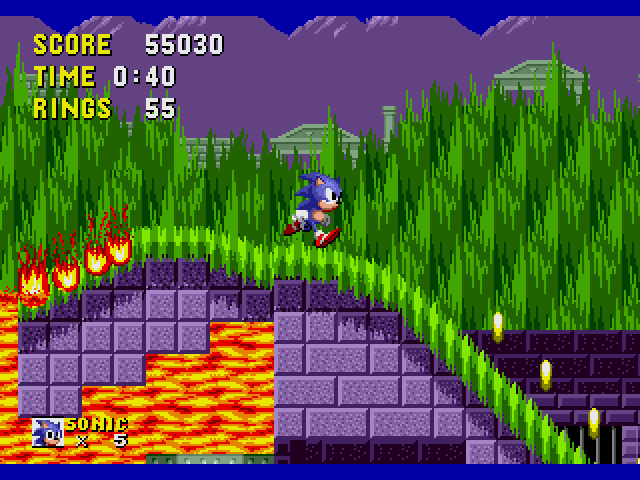
Ah, the rub. With great speed comes the need for great brakes, something the game conveys early on in Green Hill Zone. Springs appear when you’re at full momentum and propel you backwards. Platforms crumble beneath you and plunge you into spiky pits. Enemy projectiles emerge from nowhere and blast every ring out of your body. For a game that’s main marketing hook was moving quickly from level to level, the developers certainly punish you for going fast outside of certain jurisdictions.
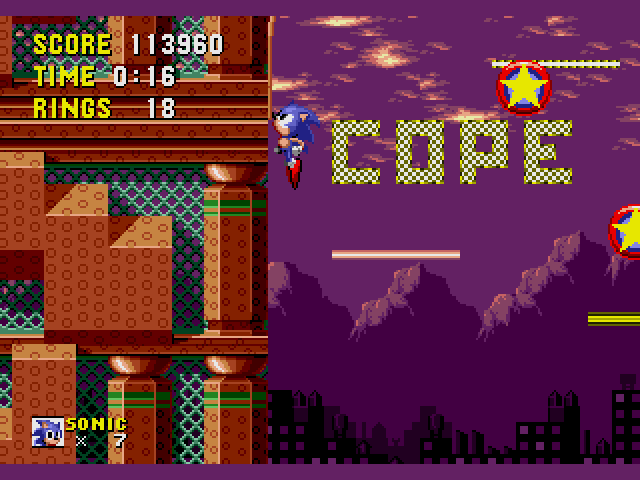
Maybe Sonic the Hedgehog could have been a purely speed-focused experience, but it would have been a lesser game for it. Kids kept playing Sonic long after the speed-centered marketing had worn off because the game is just a damn good, never-been-done-before fusion of racing and platforming. Seriously kids, we’ve said it before and we’ll say it again: a game like Sonic the Hedgehog didn’t exist before June 1991. Platformers existed. Racing/driving games existed. But inserting “the fastest thing alive” into a platformer where he can both excel at his craft and learn to control himself in appropriate situations? For gamers, it was a near-perfect blend of the familiar with the unfamiliar. Sega would improve Sonic’s speedy, precise platforming in future Genesis outings, but the original Sonic the Hedgehog is a surprisingly excellent first attempt at a brand new style.
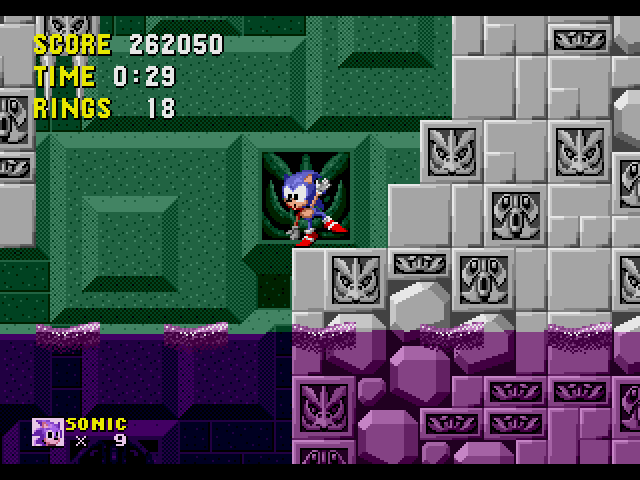
Then there are the zones, six wonderful, bizarre worlds with three acts each, and the reason for Sonic’s very existence. Let’s explore:
GREEN HILL ZONE
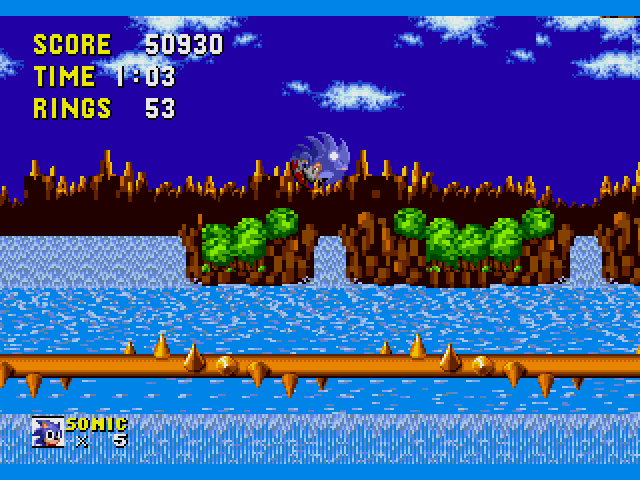
Sonic fans have likely played Green Hill Zone in no less than 27 Sonic games at this point. Still, this is the first Green Hill Zone and there’s no better introduction into Sonic the Hedgehog than this. With its emphasis on non-stop speed and thrusting Sonic into the heavens via tubes and loop-de-loops, it does its job at selling skeptics on the game’s potential. Also, the driving music still gets me going and the glistening water in the background remains a sublime visual effect.
MARBLE ZONE
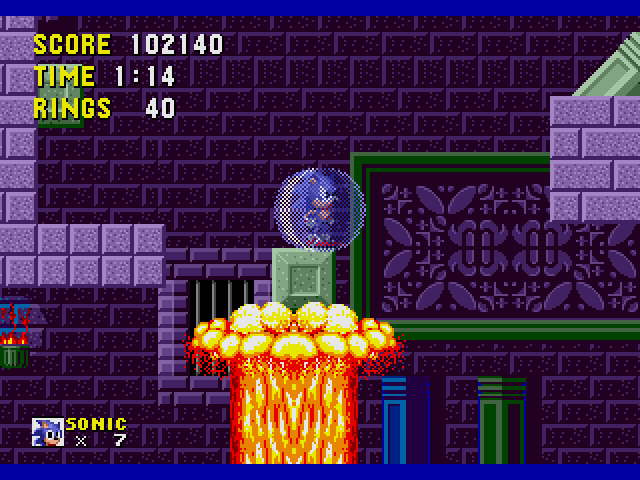
Did Robotnik destroy whatever the Marble Zone used to be? Or did he just use these ancient ruins as a breeding ground for his animal/robot hybrids? Either way, Sonic’s gotta slow down almost immediately. The contemplative, moody soundtrack nicely complements the ruined area, which almost looks like something out of Altered Beast. Broken columns and underground passageways lead Sonic to unexplored territory. Sail on lava rivers, avoid the plunging spiky chandeliers, and make sure to step on the Caterkiller’s head. You know what will happen if you don’t.
SPRING YARD ZONE
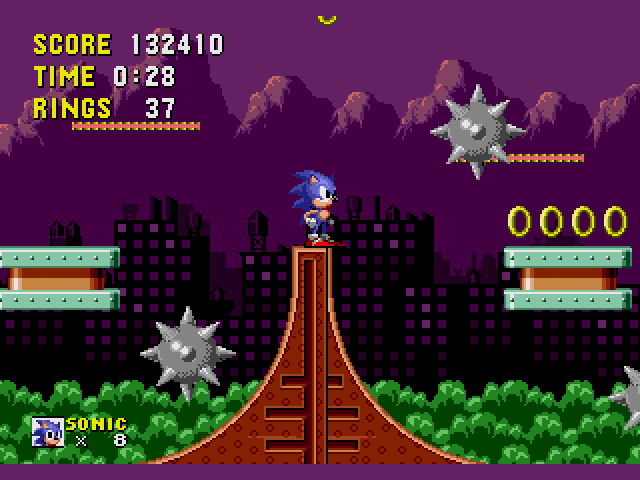
Sonic’s fast and he’s shaped like a ball, thus the first of many pinball-inspired levels to come in the franchise. Spring Yard Zone is pretty choice. I love the perpetual twilight colors, the seemingly random words emblazoned onto the dusky sky (COPE is my favorite – what are you trying to say, Sega?), and the more upbeat pop music. This is supposed to be one of the faster zones, but hot dang, are there spikes and spiky enemies everywhere. Proceed with caution and a generous portion of funky freshness.
LABYRINTH ZONE
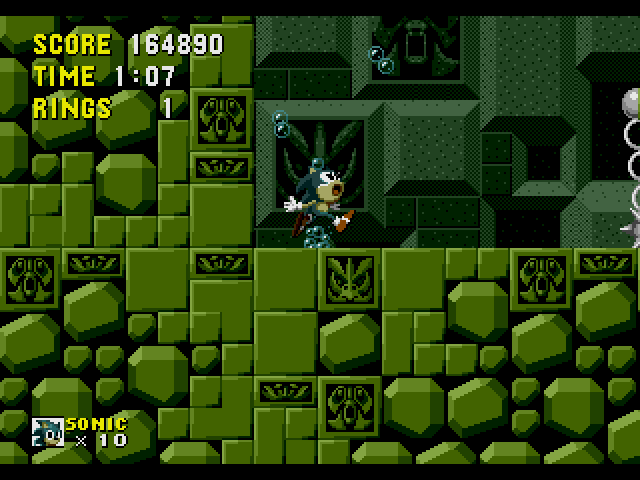
Everybody loves to hate this one, and I get it. Not only does Sonic have to be careful, but water both slows him down and slowly kills him. Still, I actually enjoy Labyrinth Zone. There are bubbles everywhere! It’s not hard to find air for Sonic! The key to progression here is just to move forward. No exploring, no veering off the path. Just collect air as needed and keep jumping up to the right. You’ll make it through eventually.
STAR LIGHT ZONE
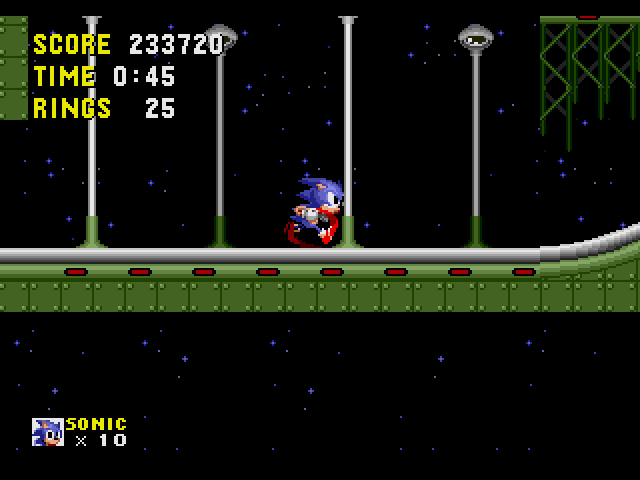
Star Light Zone as a kid felt like endless nights, mood lighting, and possibilities, but now? It could use more stars and atmosphere and less dull gray-green pathways that clog up the area. It’s fun to bonk Sonic’s head against a folded-up staircase to make it descend, and the loop-de-loops make their triumphant return. Star Light Zone is not as serene as I remember, but it is a nice, short reprieve before the final showdown.
SCRAP BRAIN ZONE
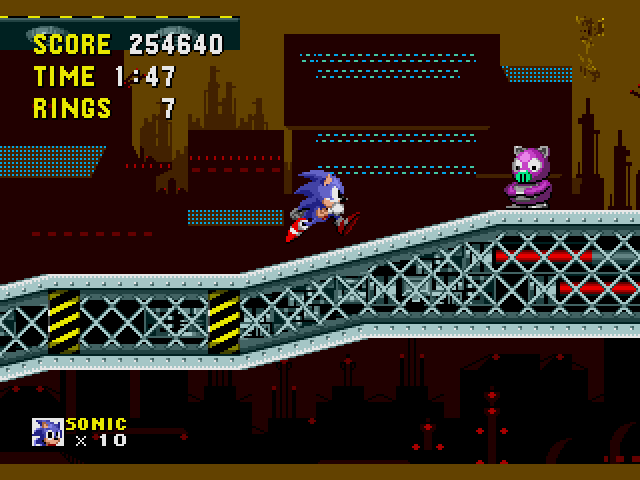
“Caution” is probably a curse word in Sonic’s vocabulary, but Sonic’s not in control here, you are. Don’t let him move too fast. Between the electric shocks, the moving walkways, the flaming gas leaks, the platforms that drop unexpectedly, and probably some other stuff that can kill you, Robotnik’s clearly playing for keeps here. Those booming drums! The buzzing of the saws! Sonic should feel very afraid here, but he doesn’t because he is overly confident. Share his confidence and press on.
BONUS ZONE
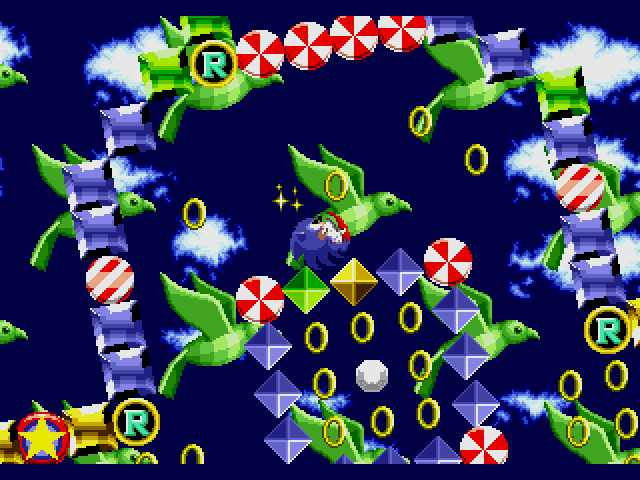
Mario’s got all the mushrooms on lock, so Sonic had to go find himself something… stronger. After a dose or two, the emeralds are all in his imagination. Only by unlocking his mind and digging through all his abandoned hopes and dreams, scattered like forgotten gems within his inner universe, can Sonic reach his true prize: epiphany after colored epiphany. The emeralds are, in fact, not the key to some extra power outside of Sonic, but rather, the key to him unlocking his true potential. Gotta go… fast.
FINAL ZONE
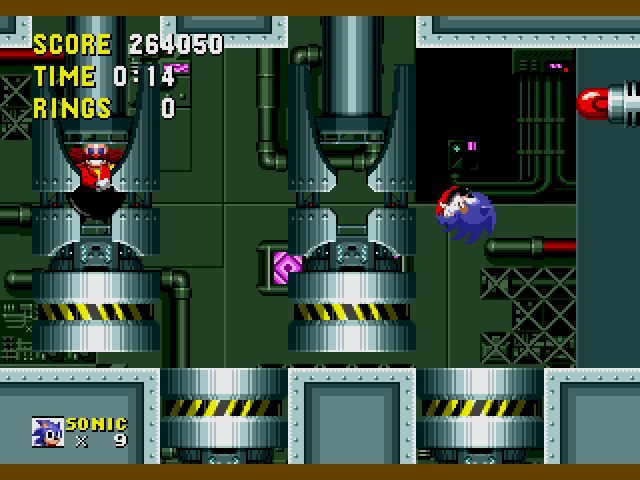
Not a zone at all, really. This is the final Robotnik boss fight that’s easier than some of his previous incarnations. Robotnik comes down or goes up in one of four tubes. Hit the one he’s in, avoid the glowing electric balls, then hit him some more. You have no rings, so patience is key. As with the other fights, eight hits and he explodes, but not before he escapes in his egg capsule, like a sulking fat child.
FINAL THOUGHTS
I unapologetically love Sonic the Hedgehog. I love the character, the music, the worlds, the feel, the visuals, everything. I can’t even pretend to be objective about this game. It’s a stone-cold classic that, decades later, is still better than 90% of the other Sonic games out there (this is sad, but so it goes).
With Sonic the Hedgehog‘s massive success, Sega rose to the highest heights in the console industry. Sonic provided them resources, leverage, and hubris to ensure the early-90s gaming landscape looked just absolutely bonkers. Without Sonic, no success for Sega, and possibly, no 16-bit console war. Without Sonic, no success, and possibly no expecting your fan base to purchase expensive Genesis add-ons like the Sega CD and 32X. Without Sonic, Sega remains a premiere arcade game developer and a solid, if unremarkable, console maker.
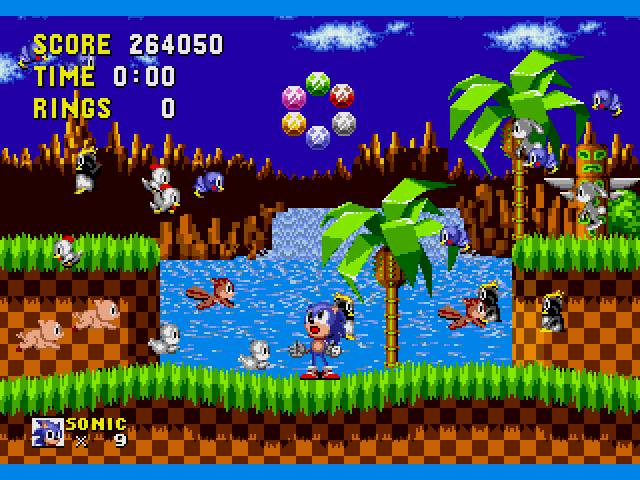
Sonic the Hedgehog injected new life into the gaming industry, millions of children around the world, and its parent company. For that alone, it should be honored and celebrated for years to come.
Happy birthday, Sonic. You deserve all of your success.
IN 1991: A++++++
TODAY: A
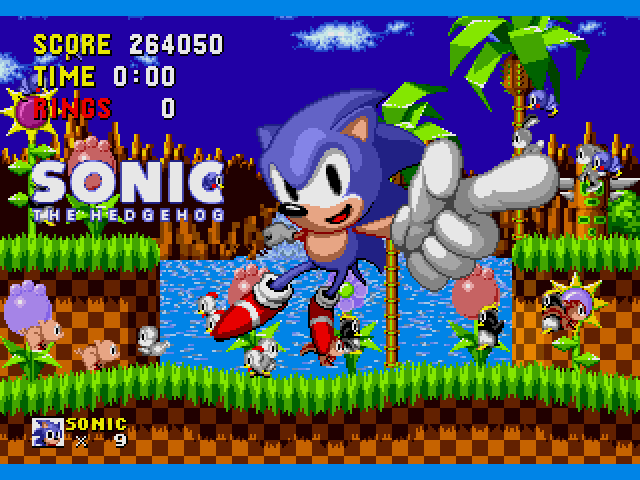

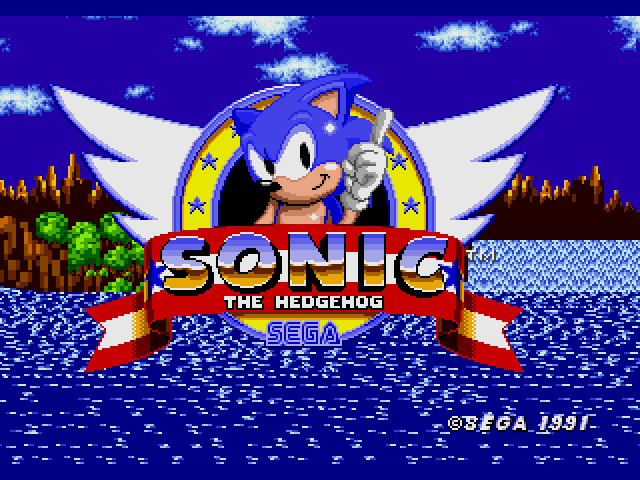
9 replies on “Sonic the Hedgehog (Genesis, 1991)”
One of your best reviews ever.
Well done dude
Thanks man, I appreciate that!
Couldn’t agree more.
Thanks Sean!
its the man mr697!
hope your gonna be commenting on new episodes of the podcast starting in august my friend?
Sonic 1 has been reviewed countless times in the past few decades but somehow you managed to write a great, unique review of it! I remember first seeing Sonic all those years ago and somehow he fit right in alongside Mario. More than being in a great game, he showed us what the Genesis and Sega was all about. Sonic really gave Sega that attitude and edginess that carried them throughout the 90s.
Thanks DGT, I agree he gave the Genesis personality and soul, in addition to the essential 90s attitude.
To this day, I’ve never finished this game. It’s a good thing Green Hill Zone is one of the most aesthetically appealing levels in video game history.
And I echo the others: excellent review.
Thanks Alex! Not an easy game, for sure. Totally agree about Green Hill Zone.